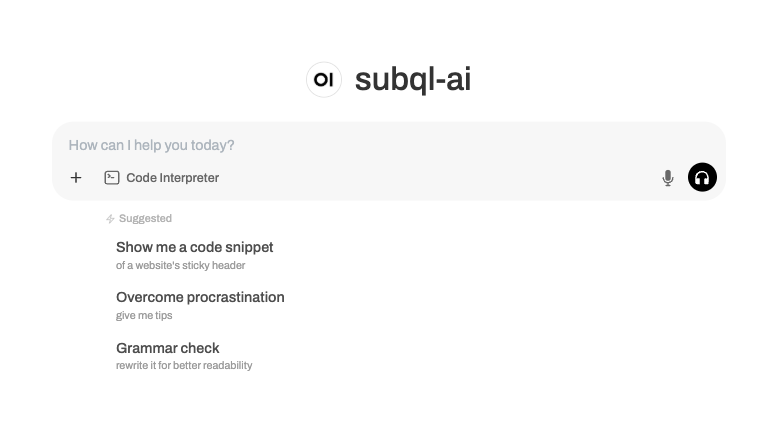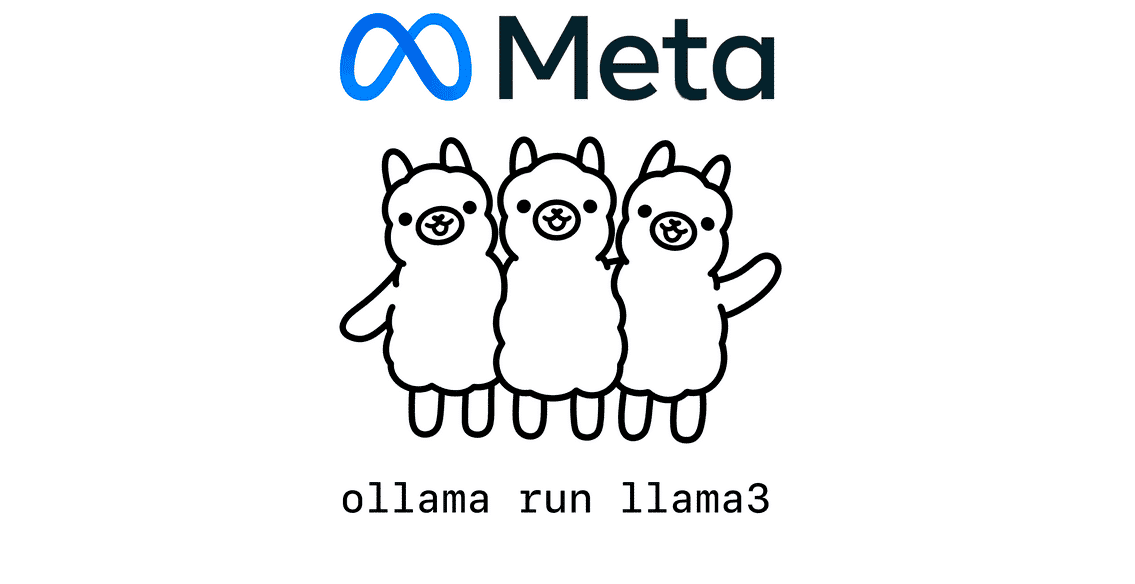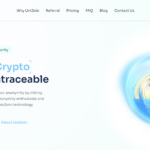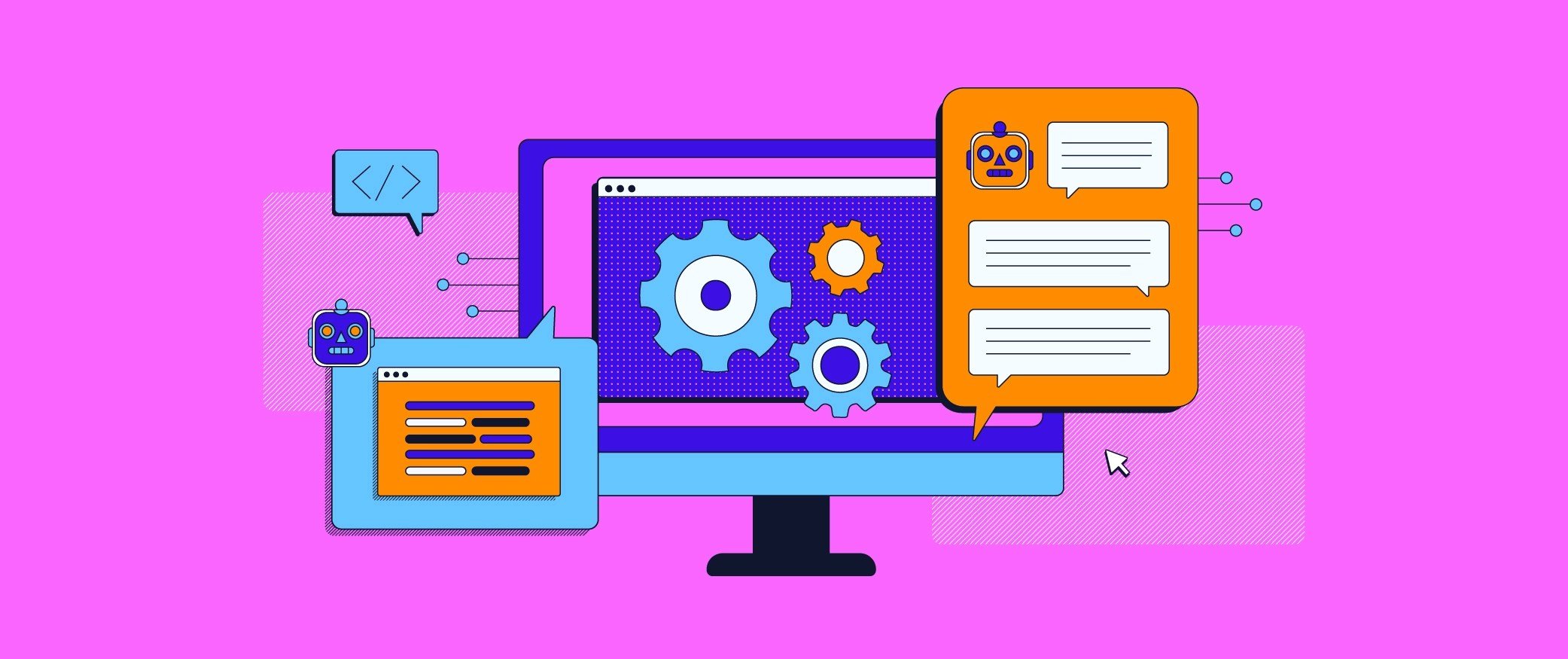What Is Cloud Computing?
Cloud computing involves the delivery of computer services over the Internet, and in this article, we show you what it is and what services it provides. The post What Is Cloud Computing? appeared first on Codecademy Blog.

When people speak of “the cloud,” they’re usually talking about cloud computing. But what exactly is cloud computing? We’ll explain in the paragraphs below.
Most businesses need servers, storage, databases, internal networks, software, analytics, and more. In the past, they used their own resources to accomplish this. They bought their own servers, created their own networks, and hosted their software and databases internally in on-site data centers.
Cloud platforms like Amazon Web Services, Google Cloud Platform, and Microsoft Azure changed this. Cloud computing offers the same type of capabilities to businesses, but there’s a difference — companies don’t have to worry about hosting this infrastructure. We recently launched new free courses that help you get started learning about key cloud providers like Azure, AWS, Google Cloud, and CompTIA Cloud Essentials+.
Learn cloud computing for free
What is cloud computing used for?
Cloud computing provides the services listed above to businesses over the internet. Using a cloud platform relieves IT professionals from many of the responsibilities involved in maintaining these services, allowing them to focus on more important technical issues.
Another benefit of cloud computing lies in pricing. Businesses only pay for the cloud resources they use, which can lower costs, make their infrastructure more efficient, and allow services to scale as their needs change. Here are some things that cloud computing makes possible:
- Speeding up application development time by using cloud resources that can be quickly scaled up or down
- Easily analyzing data across the business from a single location in a connected cloud environment
- Streaming audio and video with minimal lag, no matter how many users are accessing it
- Delivering the latest version of software on-demand, anywhere in the world
- Storing, backing up, and recovering data quickly, easily, and without worrying about data integrity
Benefits of cloud computing
Most modern startups begin with cloud computing instead of using their own data centers. Many traditional businesses migrate their traditional infrastructure to the cloud because of its benefits over the older model. Let’s explore some of these benefits.

Cost
Using a cloud provider eliminates the cost of buying hardware and software and creating and managing an on-site data center. This means no extra expenses from the racks of servers, the electricity they use, and the IT staff dedicated to managing them.
Speed
If you need more resources in an on-site data center, you have to buy the hardware, install it, and provision it. With a cloud-based infrastructure, you can provide this type of infrastructure in minutes, usually with just a few clicks of a mouse.
Scalability
Cloud services can scale elastically. This means that they can provide the right amount of resources when needed, and businesses never have to pay for more than they need. With a traditional on-site data center, a company typically has either more or fewer resources than they need.
Productivity
Because a business’s IT professionals no longer need to set up the hardware for servers, patch software, or perform other time-consuming tasks, they can spend more time achieving business-advancing goals.
Performance
Cloud providers have a worldwide network of servers and resources that are updated regularly to the latest hardware and technologies. This means that services running on the cloud have less network latency and a greater economy of scale.
Security
Cloud computing makes data backup simple, quick, and less expensive. A business’s data and services can be mirrored across different sites within a cloud provider’s network, so data is never lost and can be recovered in a matter of seconds or minutes.
Types of cloud computing
There are four main categories of cloud computing. Each category in this list builds on the one before it, taking more of the grunt work off of IT staff and outsourcing it to a third-party cloud provider.
Infrastructure as a Service (IaaS)
IaaS is the simplest form of cloud computing. Using IaaS, businesses rent virtual machines, servers, storage, networking, and operating systems from a cloud provider and pay only for the services they use when they use them.
Platform as a Service (PaaS)
PaaS takes cloud computing one step further. In this model, cloud providers supply an environment where programmers can develop, test, deliver, and manage software they create without setting up or managing the underlying infrastructure.
Serverless computing
Serverless computing takes the server model out of the equation. Instead of managing servers that have to run constantly, developers create simple functions using one of many popular programming languages that execute and return data as needed.
Software as a Service (SaaS)
SaaS delivers software applications over the internet, so businesses don’t have to worry about building their own software or installing it on every device. An example of SaaS is Microsoft Office 365, which delivers Microsoft’s complete Office suite through the internet.
Learn cloud computing
Cloud computing has changed the way businesses use technology. Instead of buying their own physical hardware for servers and databases, they rely on third parties to provide these services over the internet.
Instead of building their own platform for developing, testing, delivering, and managing software applications, they use a cloud provider to make it easier. And instead of managing software installations on all of their employee’s devices, they use software that runs on the internet.
If you’re interested in developing software for the cloud, the truth is that not much has changed. The same technologies that ran in a data center still run in a cloud environment.
If you’re interested in front-end web development, then our Front-End Engineer Career Path will teach you everything you need to know to get started. For those aspiring to be Back-End Developers, our Back-End Engineer Career Path will do the same for you. And if you’re interested in both, then check out our Full-Stack Developer Career Path.
This blog was originally published in August 2021, and has been updated to include details about our new cloud course offerings.
Related courses
The post What Is Cloud Computing? appeared first on Codecademy Blog.
What's Your Reaction?








![Why You Should Leverage Interactive Videos [Data from 500+ Marketers]](https://www.hubspot.com/hubfs/interactive-video-1-20250216-406926.webp)

![Which LLM Should You Use for Your Business? [Pros and Cons]](https://www.hubspot.com/hubfs/which%20llm%20to%20use.png)




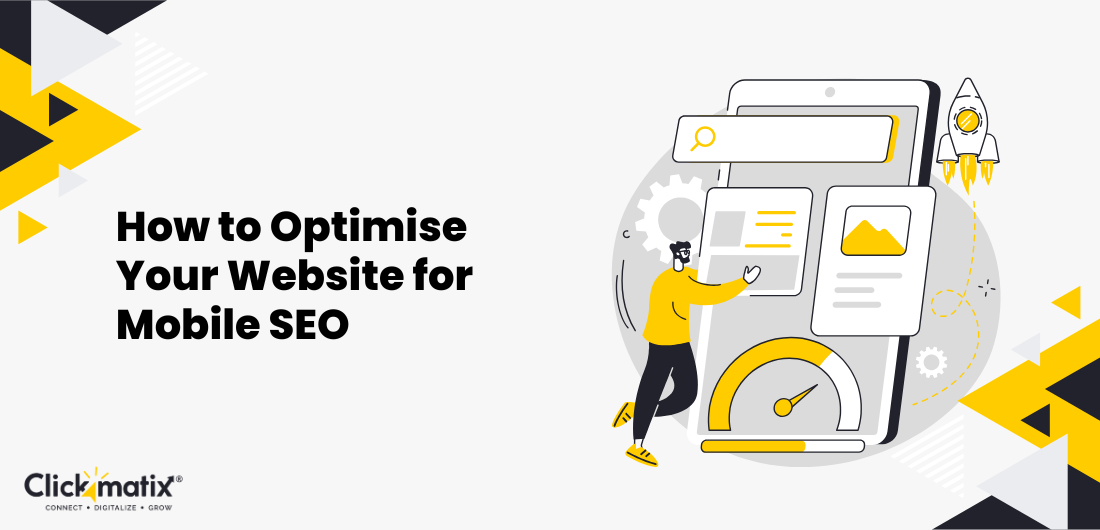
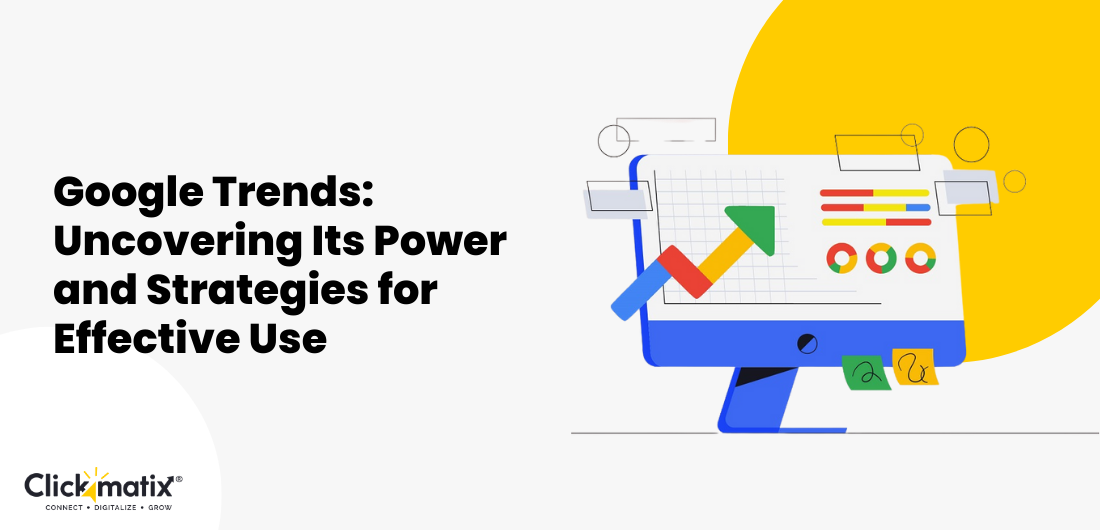
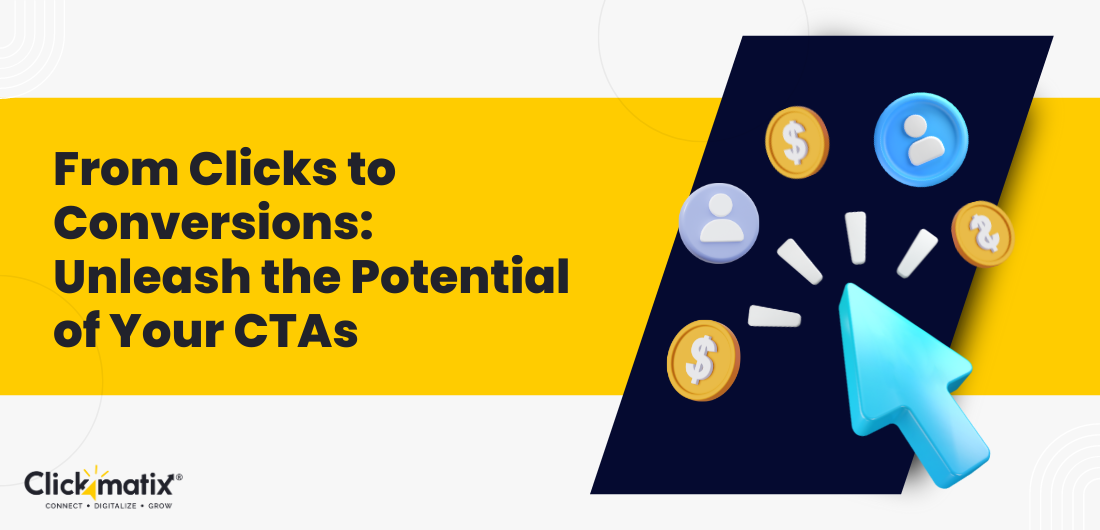
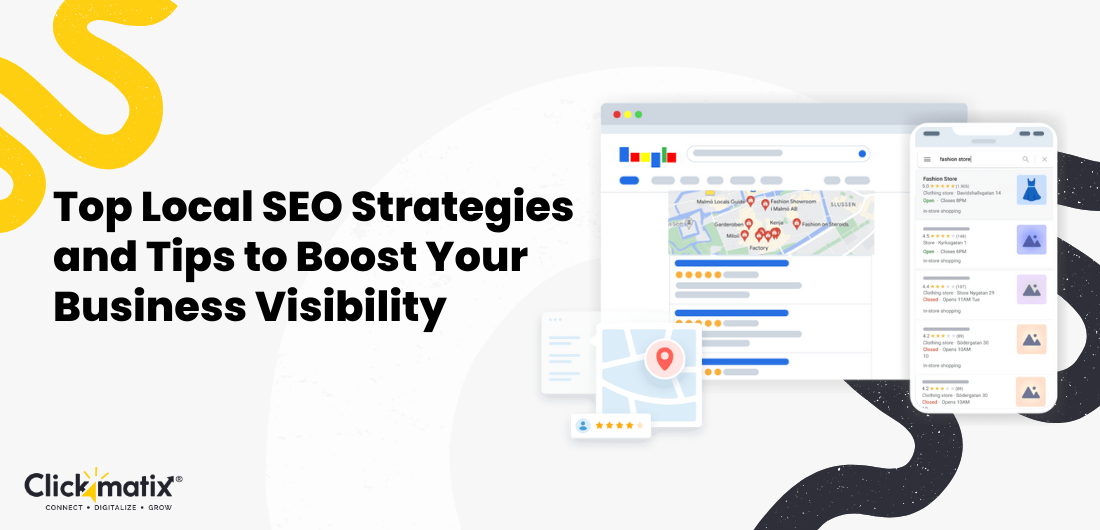
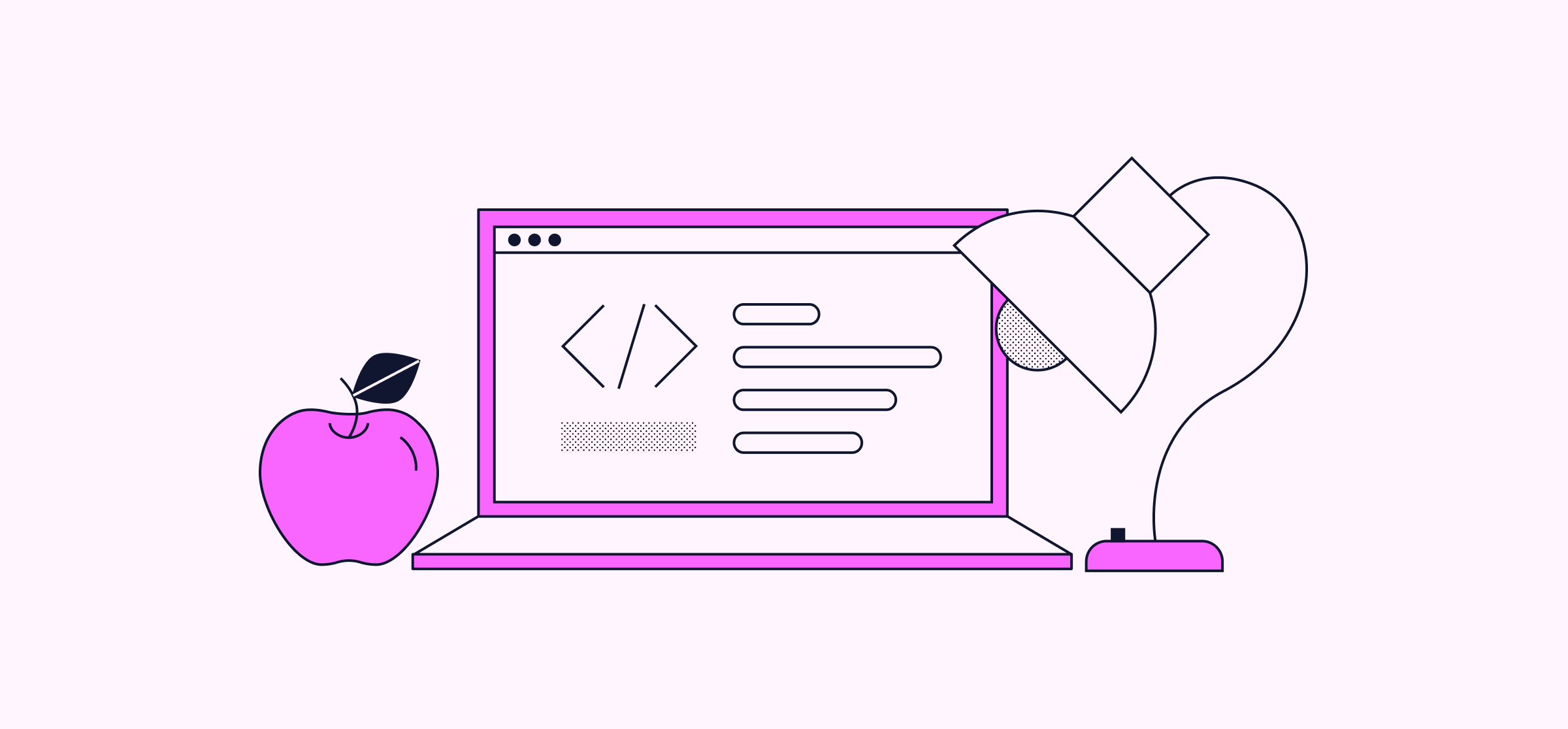

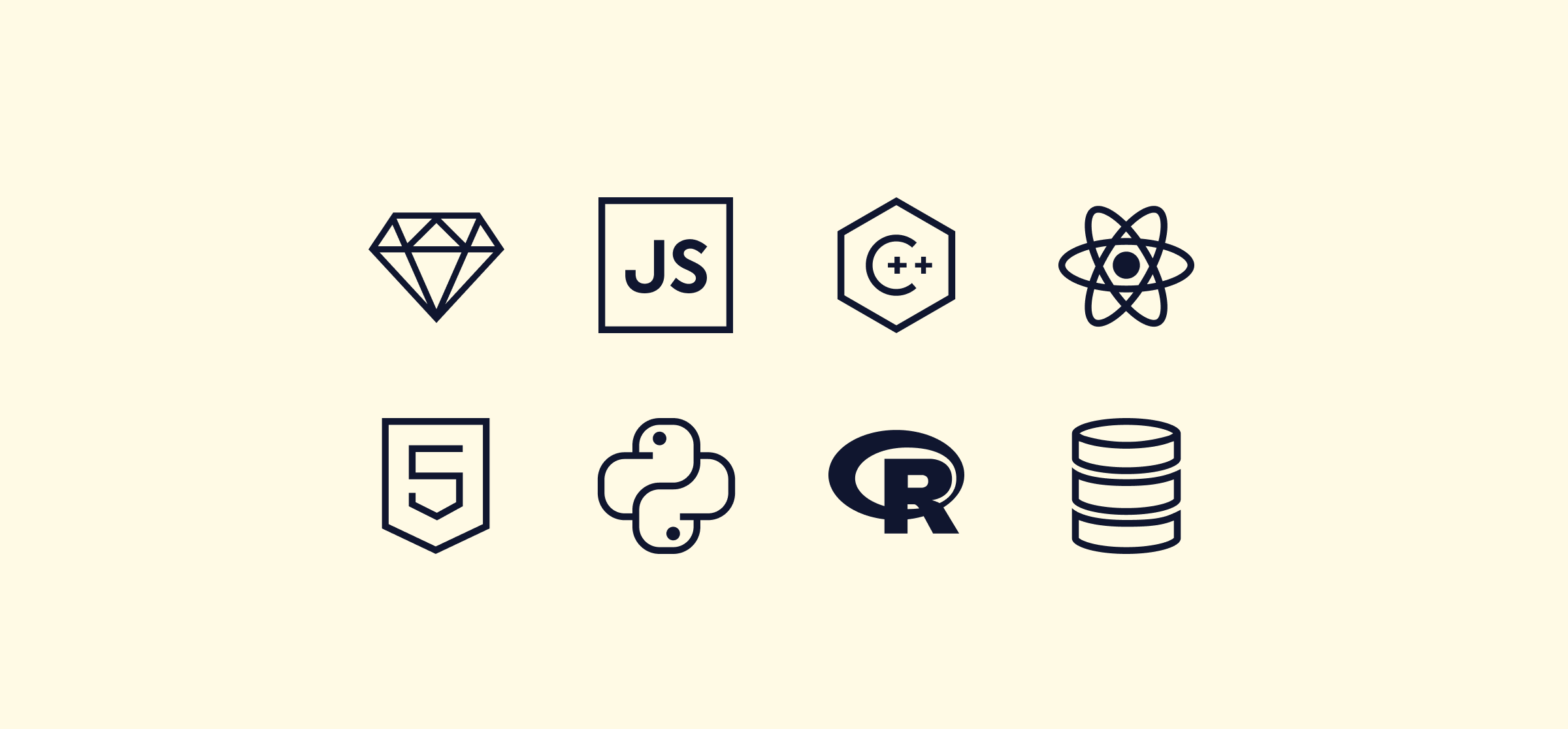
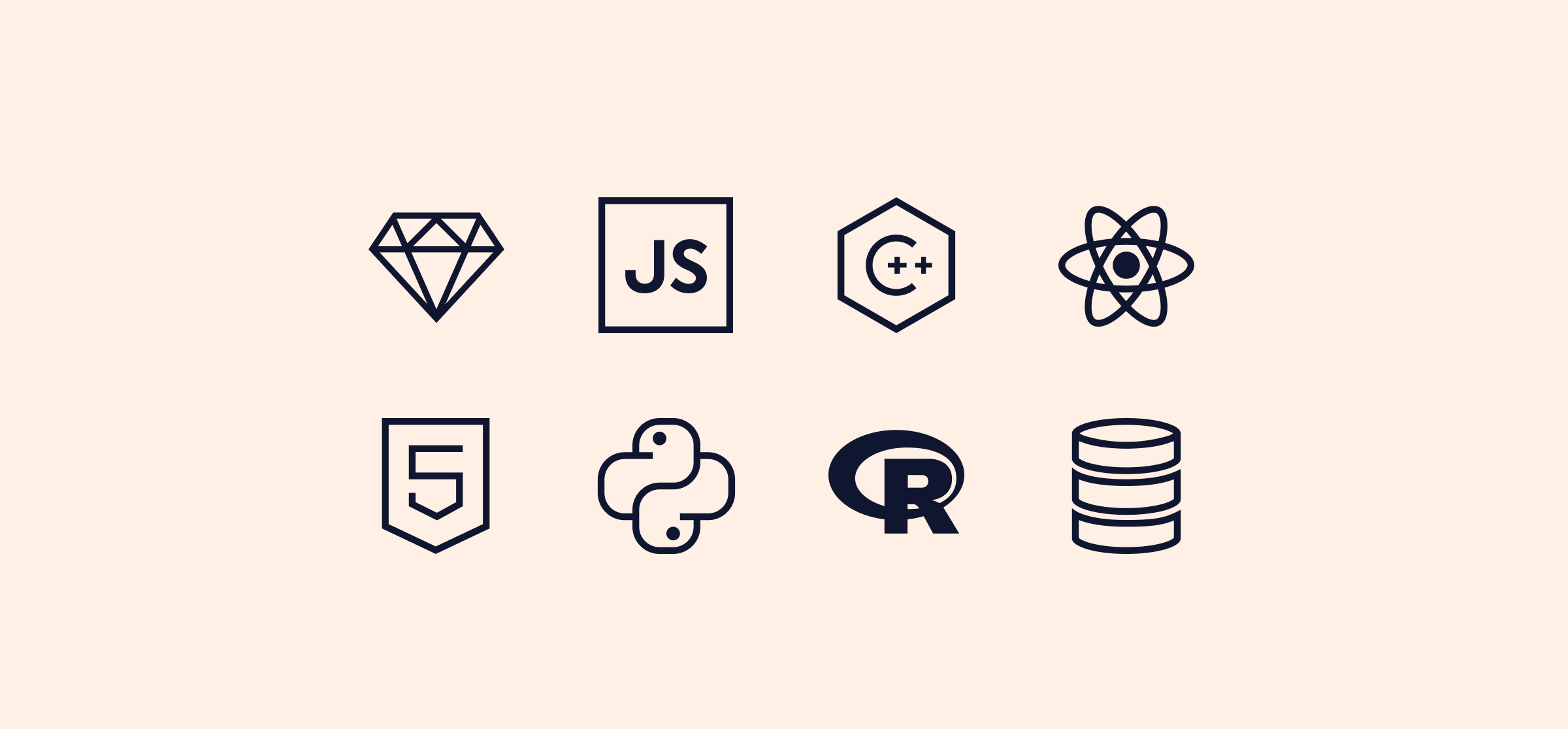



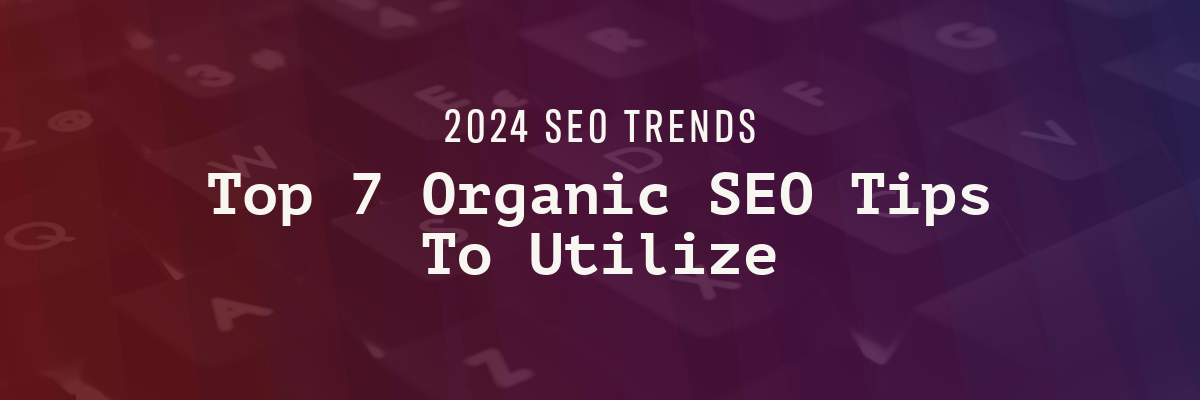














.png)






















